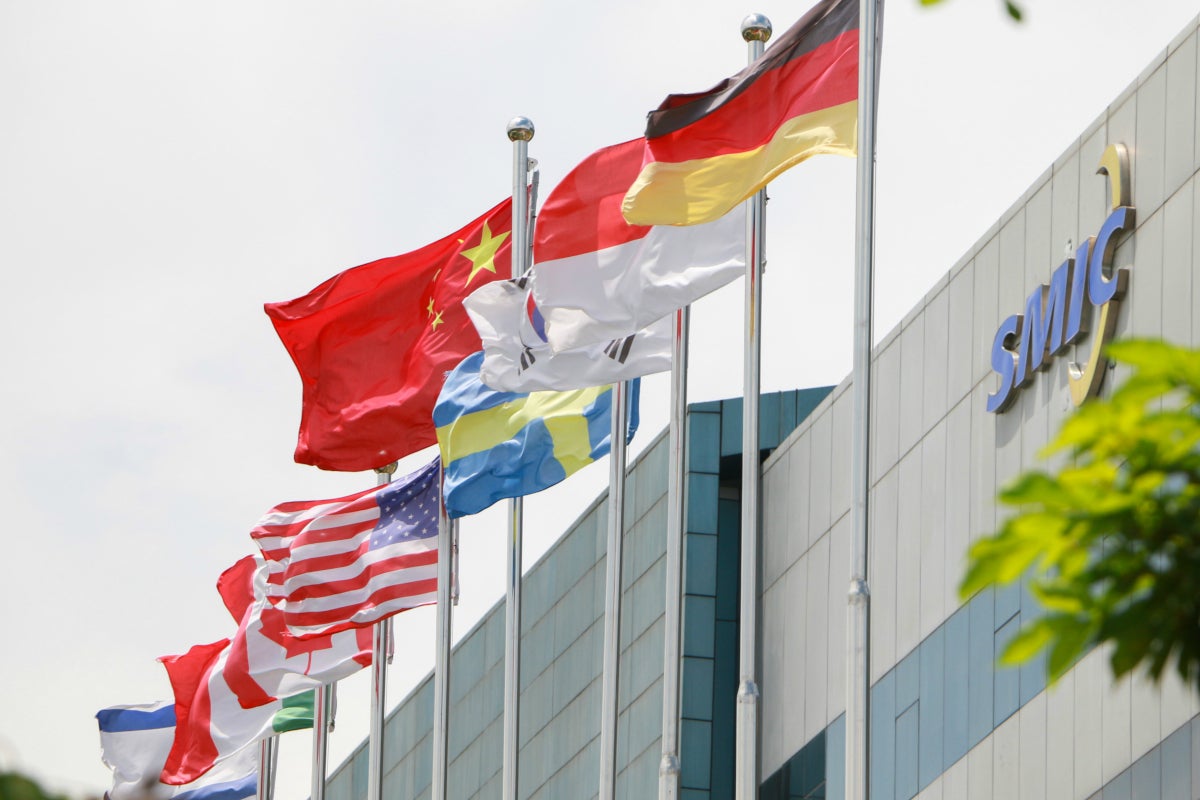China may have discovered a way to become a 5G chipmaking leader instead of a laggard

Lithography machines play an important role in the production of chips. They are used to etch patterns on wafers that show where transistors will be placed on chips. One of the biggest breakthroughs has been EUV (extreme ultraviolet lithography). This creates extremely thin markings which are very important when you're dealing with chips like the upcoming 5nm Apple A14 Bionic which will be packed with 15 billion transistors inside.
Can China become a player in the chipmaking industry?
According to the Global Times (which is run by the state which means we need to take this information with a grain of salt), a Chinese research firm has supposedly developed a 5nm laser lithography machine which the Chinese are hoping will give its lagging chip industry a shot in the arm. However, the report says that China is still "far away" from creating such a machine and that there are some issues that need to be ironed out with the technology.

SMIC is the largest foundry in China
The Suzhou Institute of Nano-tech and Nano-Bionics under the Chinese Academy of Sciences (Sinano), and the National Center for Nanoscience and Technology, announced yesterday that they have made important discoveries related to ultra-high precision laser lithography. However, these discoveries are just theoretical at the moment and plenty of money is going to be needed to turn this into reality. The laser lithography machine will create precision patterns to help produce semiconductors, photonic chips, and micro electro mechanical systems. The research paper was printed by Nano Letters, a scientific journal published by the American Chemical Society.
China is well behind other countries when it comes to the production of chips which is why the recent change in export rules is such a blow to Huawei. The latter uses the world's largest contract foundry, TSMC, to build the chips designed by Huawei's HiSilicon unit. This year, TSMC is scheduled to ship to Huawei the manufacturer's cutting-edge 5nm Kirin chip which is designed to make flagship lines like the upcoming Mate 40 more powerful and energy-efficient. But the U.S. changed a rule blocking the ability of foundries using U.S. technologies to ship chips to Huawei without a license.
While Huawei is still allowed to receive chips from TSMC through the middle of September, what will happen next year? Anticipating a problem like this, Huawei started conducting business with China's largest foundry SMIC. However, the company is a few process nodes behind TSMC. For example, while the latter is busy churning out 5nm chips with 171.3 million transistors packed in every square mm, SMIC's most advanced ICs use the 14nm node which packs approximately 35 million transistors into a square mm. SMIC recently manufactured Huawei's Kirin 710-A SoC. SMIC has plans to develop a 7nm process node but needs more advanced lithography machines. The U.S. supposedly blocked leading lithography supplier ASML from shipping a machine to SMIC earlier this year, so if the 5nm laser tech works out, it could be a big boost to the Chinese who really need to become self-sufficient in this area.
Veteran industry analyst Xiang Ligang, based in Beijing, told Global Times that "... it will take years for China to close the gap with the advanced Western suppliers, in particular ASML. Xiang says that the latter has monopolized key technologies for its machines and points out that attracting capital for such a project is difficult because the returns are low and such an investment can tie up investors' money for a long period of time. The analyst says, "Chinese research institutes need to work with companies to translate theories into products. But in terms of profits, making a chip-production machine could cost billions of yuan and it will take years to recover the investment. Most Chinese companies don't see it as a good deal."
While the Chinese might not be focused on a project like this now, coming up with the money could eventually turn SMIC into a contender and that could only be good news for Huawei and the country.
Follow us on Google News












Things that are NOT allowed:
To help keep our community safe and free from spam, we apply temporary limits to newly created accounts: